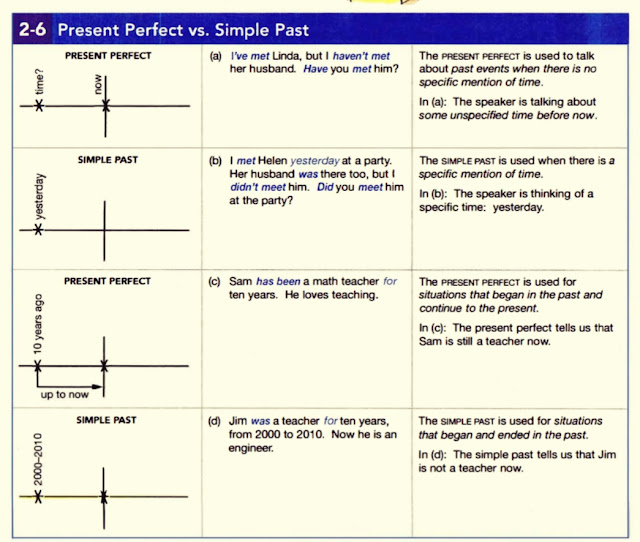JAM Method to Become Fluent in English Fast
Today in this awesome article, I’m going to reveal the secrets to speak English naturally and fluently by applying JAM method.
 |
| JAM Technique to Become Fluent in English |
Job Interview Question and Answer:"Tell me about Yourself."
To become Fluent in English, you need to spend just 10 minutes a day.The good part about JAM method is that you don’t need a conversation-partner.You can practise this by yourself.
This is a technique that has worked for many of my known people that want to learn English and if you do what I tell you in this article, I can assure you that you will become more fluent in English.
So what is this method?
This method is actually a little fluency game based on a show that airs on BBC radio that is famous news media in the world.
The cause it is called JAM is because it is short for Just A Minute.
This game has three steps or stages.
Step-1: You are going to talk about a topic for one minute.That is, you are going to deliver a speech without any prior preparation.
So you just select a topic whatever you like. You can either
take general topics like daily routine sports, hobbies,friends, relatives, books etc. or you can pick out a question.
 |
| Bus Journeys within Nature |
For instance, what is your favorite mode of transport?And once you get your favorite topic, you speak.
Now when you do so, there are some rules that you have to maintain: The first rule is that you cannot pause speaking.
You have to talk for the full minute.If you need to pause to catch your breath,it is normal but you cannot pause for more than
three seconds.
Even if you say nonsense or you say something that is not related to the topic it doesn’t matter.You are just going to continue talking.
So that is all about rule number one or step-1.
Now we will look at rule number 2.This step doesn't allow you to repeat the same ideas.
That means you can’t just say the same things over and over again.
This is not a practice of pronunciation .Remember that it’s fluency development, so no more repetition of the same ideas.
And rule number three or step-3 is no writing. You cannot make any notes while you are speaking,
you must only focus on speaking.
These are the three rules that we know now.
So to start, you need a stopwatch, this can be on your smartphone -for example.
You start step one by starting the stopwatch and you speak until the one minute is reached.Here I am going to provide you an example of how to do this.
Now I am taking this question: “What is your favorite mode of transport?”
And I am going to speak for a minute on this choosen topic.So far, I have not done any preparation, so let’s see how I do.
All right, so what’s my favorite mode of transport?
I would have to say that it’s the bus.
That is because um, actually, you get to see a lot of nice scenery, beautiful landscapes and things like that.
And you know, bus journeys generally tend
to be longer than other types of, or rather, other modes of transport.
You can observe that I am really searching for ideas but I can’t stop, I have to keep going so.
I am saying whatever comes to mind at this time, that’s no problem.
But back to the topic at hand, yeah, bus journey because they’re longer, they are more relaxing and pleasing according to me.
And one last thing I want to indicate you that I’ve had the opportunity to meet interesting people and make friends on many bus journeys.
As a child, I used to ride the bus a lot with my mother and father.We used to go to lots of places by bus and it is actually something that I really enjoyed.
That’s the whole point of this exercise.That was stage one.
Now we want to move on to step-2.Here is where we are really going to begin building our fluency.
The first part of step two is making notes. To do so,you can use a paper and pen now.
And you are going to look back to the presentation that you just gave, and collect ideas you came up with.
In my speech, I remember that I had three ideas: The first was that on bus journeys,you get to see a lot of beautiful scenery.
The second idea was that bus journeys are longer, so they are more relaxing.
The third idea was that you get to meet interesting people and make friends.
So once you get these ideas down, you are going to repeat the process.That means, you are going to set your smartwatch for one minute and you’re going to speak again on the same topic or idea, but now, you can use your notes to help youself.
You will feel that this time you are completly able to speak more fluently and naturally because of having some good ideas on paper, and you will be able to expand your ideas and give more information.
Once the smartwatch hits one minute, you stop.And we move on to stage three.Just like in stage two, you are going to go to paper and pen, but this time, you are going to add more ideas to your notes based on your second speech.
I added some ideas like this.
So this time – for one last time,you are going to speak again.This is your final or last speech.So you set your stopwatch for one minute, you use your notes and speak.
I’m going to give you my final speech based on my notes.So, you can see the difference.
So here we go: My favorite mode of transport is actually the bus.
I love bus travel for two or three reasons.
The first is that the journey is usually longer than when you fly on a plane, or even when you travel by car or boat.So, as a result, it’s very relaxing.
Another big advantage is that you get to see a lot of scenery when you ride on a bus.
Now if you’re riding the subway and your bus is going through a tunnel the whole time, then obviously you won’t see any natural beauty but if you’re lucky enough to ride a bus through the countryside, I’ll tell you, that’s an incredible experience.
But for me, personally, the best part about bus is that you get to meet people and make friends, especially on some of the longer
journeys.
Even if you don’t take each other’s phone numbers or become best buddies, you still get to have great conversations and meet some really interesting people.
So those are the three reasons why I enjoy bus travel so much.
Alright, I know that was a little over a minute,but that’s OK.
If you are in the flow, you don’t have to stop at one minute.You can keep going.
As your fluency improves, you can challenge yourself by setting your timer for two, three or even five minutes.
But did you notice how much better my second speech was?
I actually improved my fluency on this topic over the three stages.
Now I know I said that there are three stages to this exercise but there’s a bonus stage if you’re really serious about improving
your English.
That stage is: record yourself.
Once you have finished speaking for the third time, you can give your speech once again,
but now, you speak into your cell phone or a voice recorder.
This is fantastic for two reasons: because ,first, you can then listen back to the recording and you can identify what areas you need to improve, particularly your pronunciation.
But also, if you keep your recordings on your so smartphone or save them to your computer, you can come back after a few weeks or a few months and listen to them and see how much you have improved since that time.
I know that many of us hate listening to our own voices – we feel really shy and embarrassed but trust me this is a very powerful way to improve your speaking: recording and listening
to yourself.
Of course, if you don’t want to do that you can just do JAM – the three stages and that will help you to improve your fluency.And it takes only ten minutes.
I suggest that you make this your daily fluency workout – do it at least once a day.
Practice doing JAM on many different topics.And if you do, I guarantee you, you will become
more fluent, just practicing by yourself.






Comments
Post a Comment